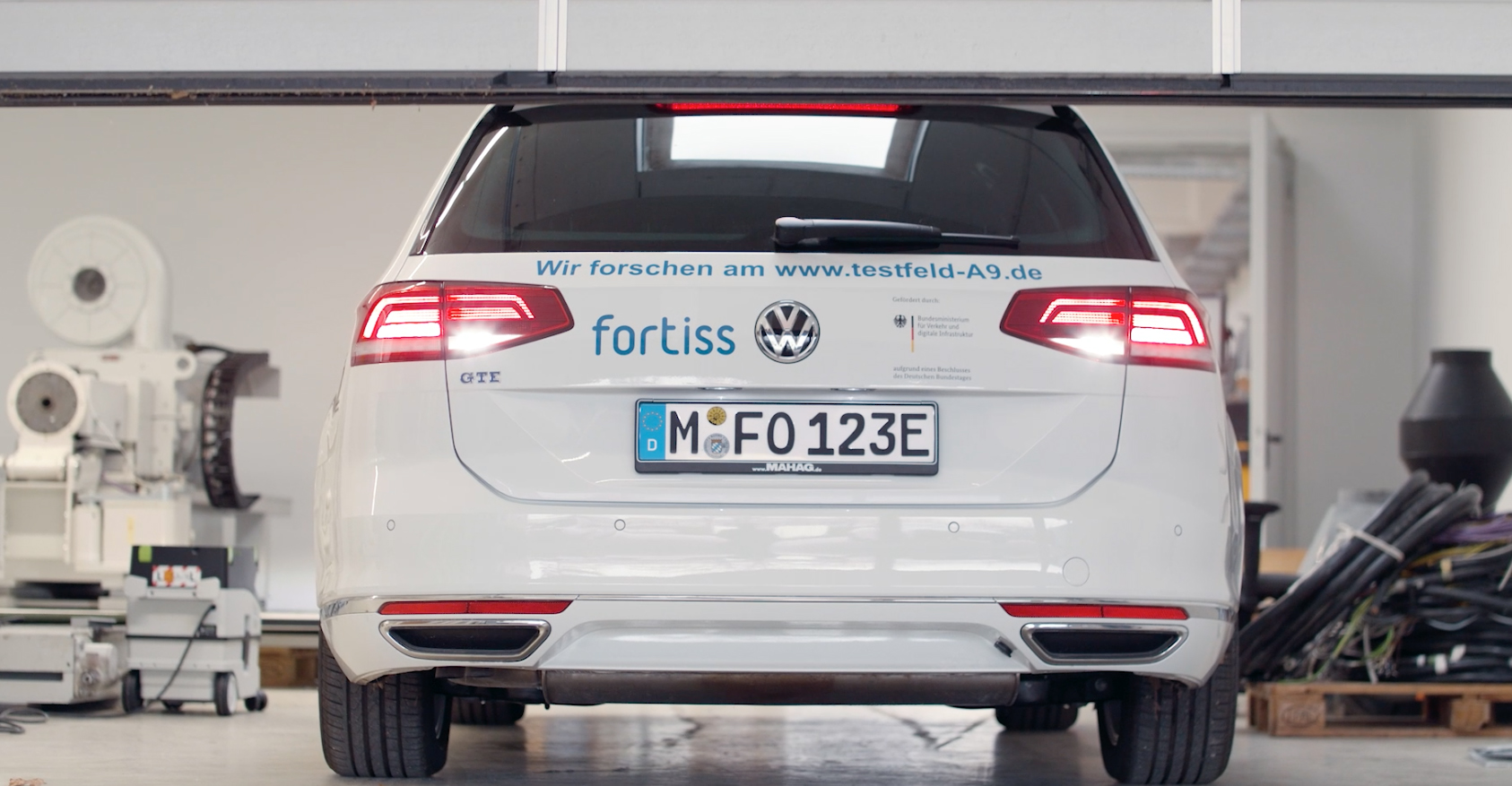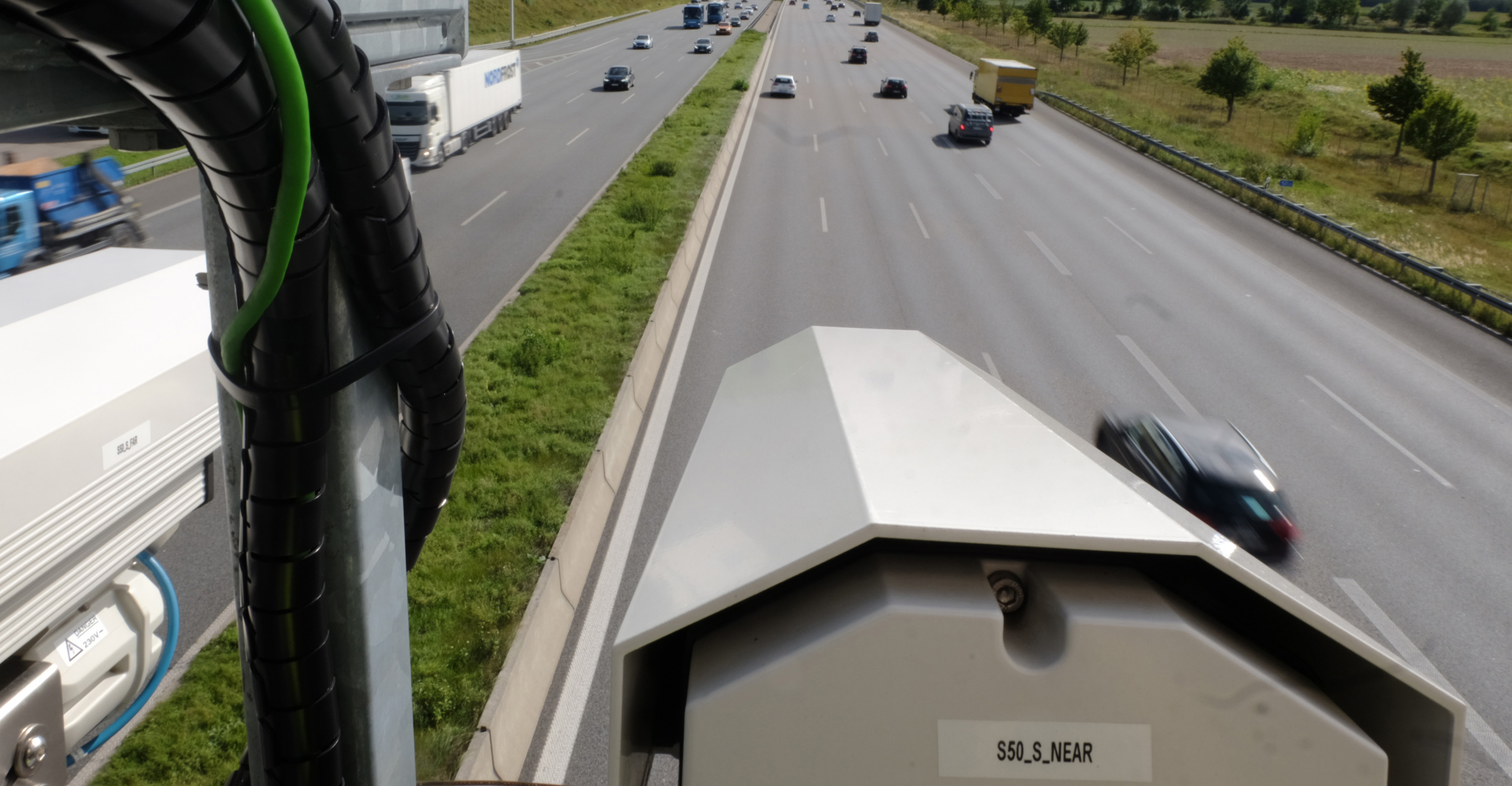News

Traffic: Added value by big data
More than one petabyte data is created week by week on the Providentia++ test field. They are needed as to distinguish cars from motorcycles and bicyclists, to recognize maneuvers, to analyze accidents and to simulate traffic.




















